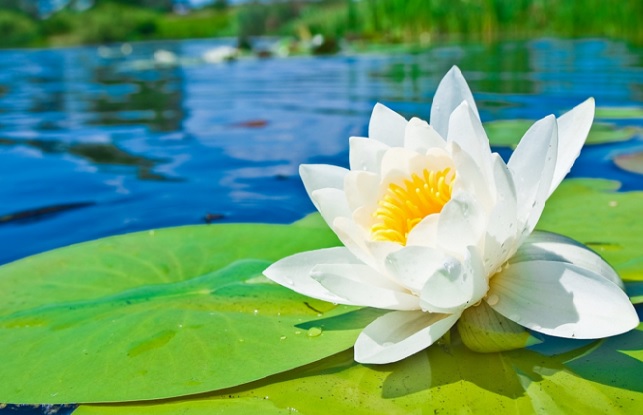In the realm of natural beauty, few creations can rival the enchanting allure of the teratai, commonly known as the water lily. This aquatic marvel, found in serene ponds, lakes, and slow-flowing rivers, captivates the hearts of all who lay eyes upon it. Its name, derived from the Indonesian language, signifies its exquisite nature as “teratai” translates to “lotus” in English. However, this aquatic flower possesses its unique charm that is distinct from its more famous cousin.
Teratai blooms, which emerge gracefully from the water’s depths, are nothing short of miraculous. Their large, elegant petals unfurl in a delicate ballet, revealing pristine white, pink, or yellow blossoms that seem to glow with an inner light. These enchanting flowers often possess an otherworldly quality, as if they are gifts from a mythical garden hidden beneath the water’s surface.
What truly distinguishes the teratai is its spiritual and cultural significance across the globe. In various cultures, teratai has been linked with purity, enlightenment, and rebirth. In Buddhism, for instance, the teratai is often associated with spiritual enlightenment, as it rises above the murky waters to bloom immaculately, symbolizing the journey to enlightenment amidst the challenges of life.
Furthermore, the teratai’s ecological importance cannot be overstated. Its leaves provide vital shade to aquatic creatures, ensuring a cooler habitat for fish and amphibians. Moreover, these aquatic plants play a significant role in maintaining water quality by absorbing excess nutrients and providing oxygen to the aquatic ecosystem.
